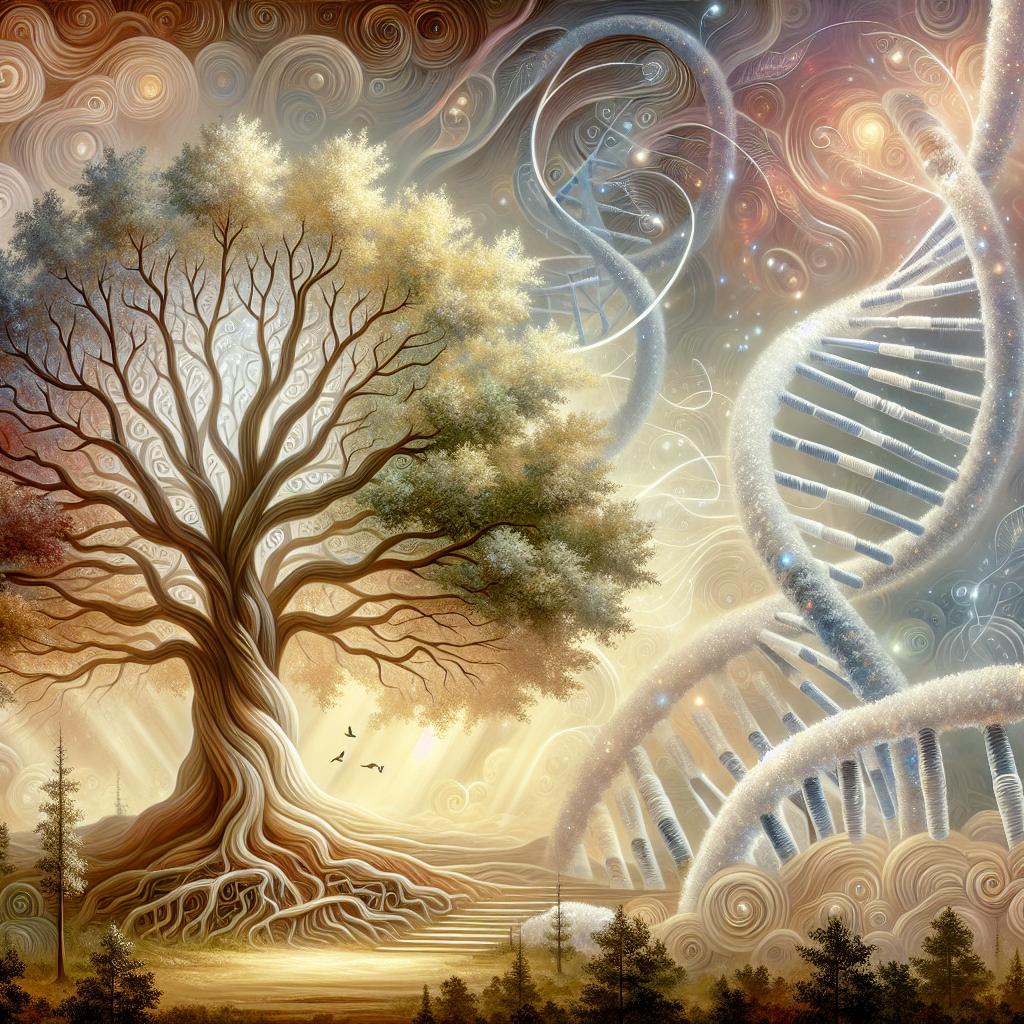
Unlocking God's Wonders: Astonishing DNA Complexity Revealed
Published: 28 June 2024
Astonishing DNA Complexity Update
by Alex Williams
Introduction
Recent discoveries have revealed astonishing complexity in the DNA molecule, challenging previous notions about the non-coding regions of human DNA. Contrary to the belief that these regions are 'junk DNA' from our evolutionary past, it has been found that they are actively utilized in our cells. This article highlights key findings from the ENCODE (Encyclopedia of DNA Elements) pilot project report.
The Role of DNA and RNA
DNA is a stable molecule capable of storing vast amounts of information, while RNA is a highly active and unstable molecule that performs various functions within our cells. To utilize the information stored in DNA, cells create copies of this information on RNA transcripts, which then carry out specific instructions.
Expanded Complexity Beyond Genes
Traditionally, genes were thought to be the primary source of protein-coding information. However, the ENCODE project has revealed even greater complexity within our DNA. While genes found in the project differ only about 2% from known protein-coding genes, it has been discovered that transcripts overlap gene regions significantly. On average, these transcripts are 10 to 50 times larger than the gene region itself and can range up to more than 100 times its size.
The Significance of 'Junk' DNA
The untranslated regions (UTRs), previously referred to as 'junk' DNA, have proven to be more important than the translated regions (genes). In terms of the number of DNA bases appearing in RNA transcripts, UTRs are transcribed in more overlapping and interleaved ways compared to genic regions. As UTRs contain about 33 times more bases than genic regions, they are approximately 50 times more active than genes.
Packaging and Transcription
Transcription activity is primarily influenced by how DNA is packaged into chromosomes. The coiling of DNA around histone proteins forms a rope-like structure, which is then super-coiled in two stages around scaffold proteins, resulting in the thick chromosomes visible under a microscope. This packaging prevents the coded information from directly interacting with the translation machinery. When cells require specific information, they 'open' the corresponding part of the DNA, copy it onto an RNA transcript, and then 'close' it again.
Transcription Process
The transcription process involves several steps. The chromosomes within each cell are stored within a membrane-bound nucleus containing pores for molecular exchange. To transcribe a specific section of DNA:
- The desired chromosome is positioned near one of the nuclear pores.
- The section of DNA to be transcribed is placed in front of the pore.
- The supercoil is unwound to expose the transcription region.
- The histone coils are adjusted to expose the necessary copying site.
- The double-helix structure of DNA is unzipped to reveal the coded information.
- Enzymes responsible for copying grasp the DNA into a loop and create an RNA transcript.
- The transcript undergoes accuracy checks and is degraded if faulty.
- The RNA transcript is tagged for exportation and sent through the pore to its destination within the cell.
- The 'book' of DNA information is closed by reversing the coiling process, and the chromosome moves away from the nuclear pore region.
Evolutionary Implications
One surprising finding from the ENCODE project is that 95% of functional transcripts, which include both genic and UTR transcripts with at least one known function, do not exhibit noticeable conservation or mutation rates different from the average rate. This challenges Charles Darwin's theory of natural selection as the primary driver of evolution. It also raises questions about how life has maintained this state for billions of years.
Why This Matters
The complexity discovered within our DNA challenges conventional notions about non-coding regions and calls into question the mechanisms proposed for evolution. These findings suggest that life may be much younger than previously thought, and that cells, rather than genes, play a more significant role in controlling life processes.
Think About It
Consider how these discoveries about DNA complexity impact your understanding of the origins of life and the role of genetic information. How might this challenge or reinforce your faith?
